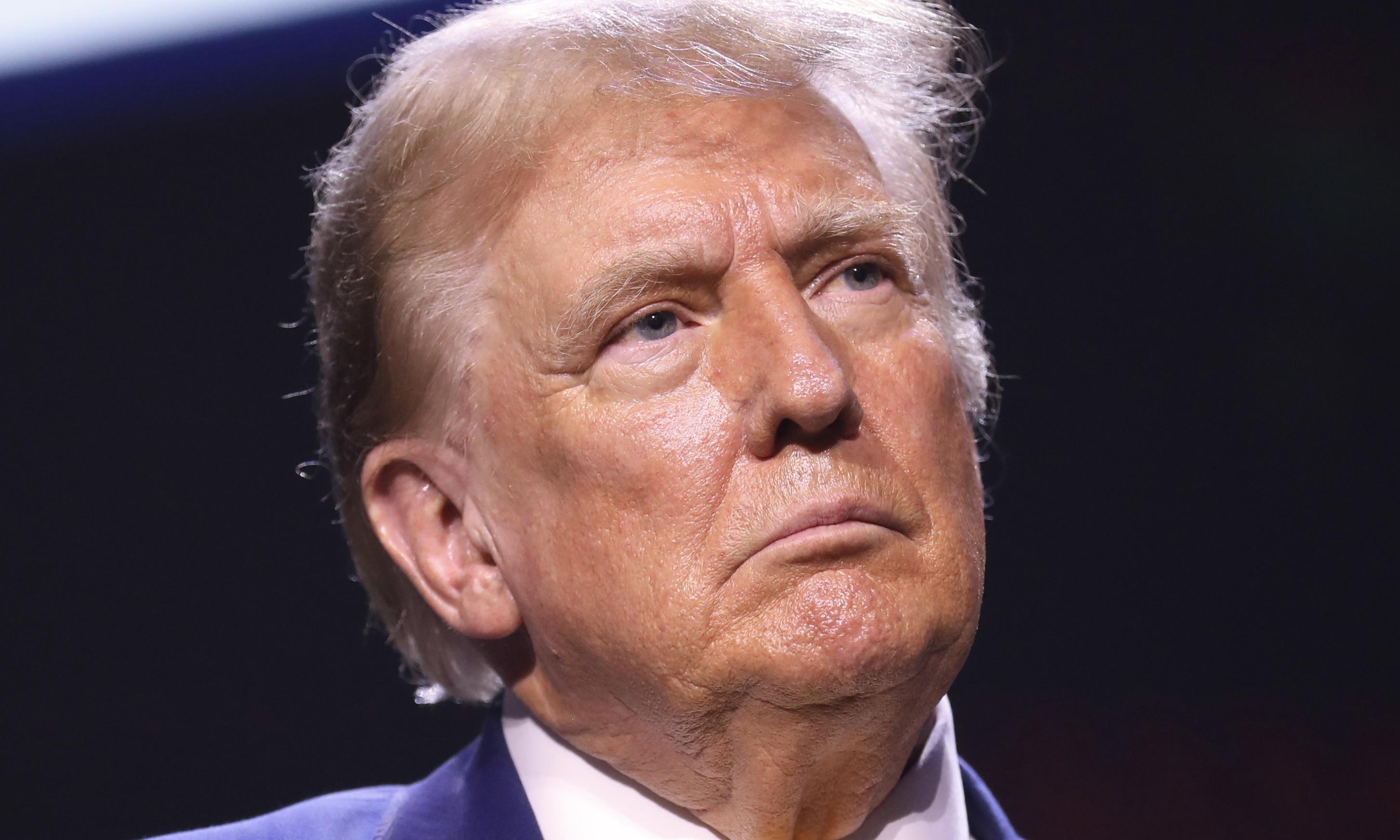As President-elect Donald Trump prepares to implement his 2025 trade policies, the global economy braces for significant shifts. Trump's "America First" agenda emphasizes aggressive tariff measures aimed at reducing trade deficits and revitalizing domestic manufacturing. However, these strategies have sparked widespread debate over their potential winners and losers.
Aggressive Tariff Measures
Central to Trump's trade strategy is the imposition of substantial tariffs on imports. Proposals include a 10% to 20% baseline tariff on all imports, with specific levies as high as 60% targeting Chinese goods.
These measures aim to protect American industries from foreign competition and encourage domestic production.
Impact on U.S. Industries
Supporters argue that higher tariffs will benefit U.S. manufacturers by leveling the playing field against cheaper foreign imports. Industries such as steel, aluminum, and automotive manufacturing could experience growth due to reduced competition. However, sectors reliant on imported materials, like electronics and consumer goods, may face increased production costs, potentially leading to higher prices for consumers.
Global Economic Repercussions
Internationally, Trump's trade policies have raised concerns about escalating trade tensions. China, a primary target of the proposed tariffs, has indicated readiness to retaliate with its own trade barriers, potentially igniting a trade war.
European allies have also expressed apprehension, fearing that U.S. protectionism could disrupt global supply chains and economic stability.
Market Reactions
Financial markets have responded with volatility to the anticipated trade policies. While some U.S. stocks have shown resilience, analysts caution that prolonged trade disputes could dampen investor confidence and slow economic growth. The technology sector, in particular, faces uncertainty due to its reliance on global supply chains.
Public Opinion
Domestically, public opinion is divided. Advocates of the "America First" approach believe that stringent trade measures are necessary to protect American jobs and industries. Critics argue that such policies could lead to higher consumer prices and strained international relations.
On social media, reactions are polarized. Twitter user @PatriotGuardians expressed support, stating, "Finally, a president who puts American workers first. #AmericaFirst." Conversely, @GlobalEconomist tweeted, "Trade wars hurt everyone. We need cooperation, not conflict. #TradeNotTariffs."
Outlook
As the Trump administration moves forward with its trade agenda, the global economy stands at a crossroads. The effectiveness of these policies in achieving their intended goals remains uncertain, and the potential for unintended consequences looms large. Stakeholders across industries and borders will be closely monitoring developments, preparing to adapt to the evolving trade landscape.



 Trump and Lula Discuss Trade, Sanctions, and Security in “Productive” Phone Call
Trump and Lula Discuss Trade, Sanctions, and Security in “Productive” Phone Call  China Urged to Prioritize Economy Over Territorial Ambitions, Says Taiwan’s President Lai
China Urged to Prioritize Economy Over Territorial Ambitions, Says Taiwan’s President Lai  Taiwan Opposition Criticizes Plan to Block Chinese App Rednote Over Security Concerns
Taiwan Opposition Criticizes Plan to Block Chinese App Rednote Over Security Concerns  Australia Progresses AUKUS Review as U.S. Affirms Strong Support
Australia Progresses AUKUS Review as U.S. Affirms Strong Support  U.S. Repatriation Flight Carrying 266 Venezuelan Migrants Lands in Caracas
U.S. Repatriation Flight Carrying 266 Venezuelan Migrants Lands in Caracas  IMF Deputy Dan Katz Visits China as Key Economic Review Nears
IMF Deputy Dan Katz Visits China as Key Economic Review Nears  Trump’s Name Appears on U.S. Institute of Peace Ahead of Rwanda–Congo Deal Signing
Trump’s Name Appears on U.S. Institute of Peace Ahead of Rwanda–Congo Deal Signing  China’s Expanding Maritime Military Presence Alarms Taiwan and Japan
China’s Expanding Maritime Military Presence Alarms Taiwan and Japan  Maduro Confirms “Respectful” Call With Trump, Signals Openness to Diplomatic Dialogue
Maduro Confirms “Respectful” Call With Trump, Signals Openness to Diplomatic Dialogue  UN Chief Says Gaza Operation “Fundamentally Wrong” as Concerns Over War Crimes Grow
UN Chief Says Gaza Operation “Fundamentally Wrong” as Concerns Over War Crimes Grow  U.S. Expected to Expand Travel Ban to More Than 30 Countries
U.S. Expected to Expand Travel Ban to More Than 30 Countries  New Orleans Immigration Crackdown Sparks Fear as Federal Arrests Intensify
New Orleans Immigration Crackdown Sparks Fear as Federal Arrests Intensify  Cuba Reaffirms Anti-Drug Cooperation as Tensions Rise in the Caribbean
Cuba Reaffirms Anti-Drug Cooperation as Tensions Rise in the Caribbean  Honduras Election Turmoil Deepens as Nasralla Alleges Fraud in Tight Presidential Race
Honduras Election Turmoil Deepens as Nasralla Alleges Fraud in Tight Presidential Race  UN General Assembly Demands Russia Return Ukrainian Children Amid Ongoing Conflict
UN General Assembly Demands Russia Return Ukrainian Children Amid Ongoing Conflict  U.S. Defense Chief Pete Hegseth Defends Controversial Second Strike on Suspected Drug-Smuggling Vessel
U.S. Defense Chief Pete Hegseth Defends Controversial Second Strike on Suspected Drug-Smuggling Vessel  Israel Receives Body of Deceased Hostage as Rafah Crossing Reopening Hinges on Final Returns
Israel Receives Body of Deceased Hostage as Rafah Crossing Reopening Hinges on Final Returns 





























